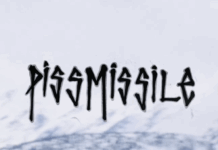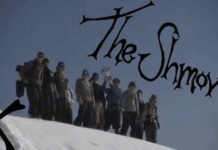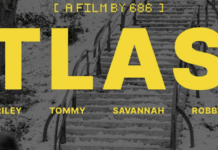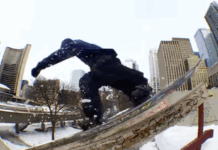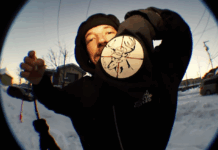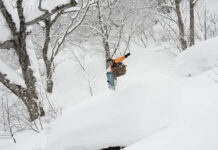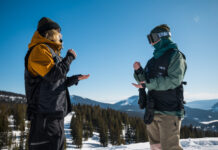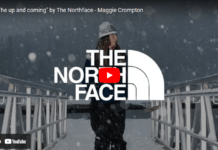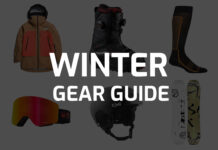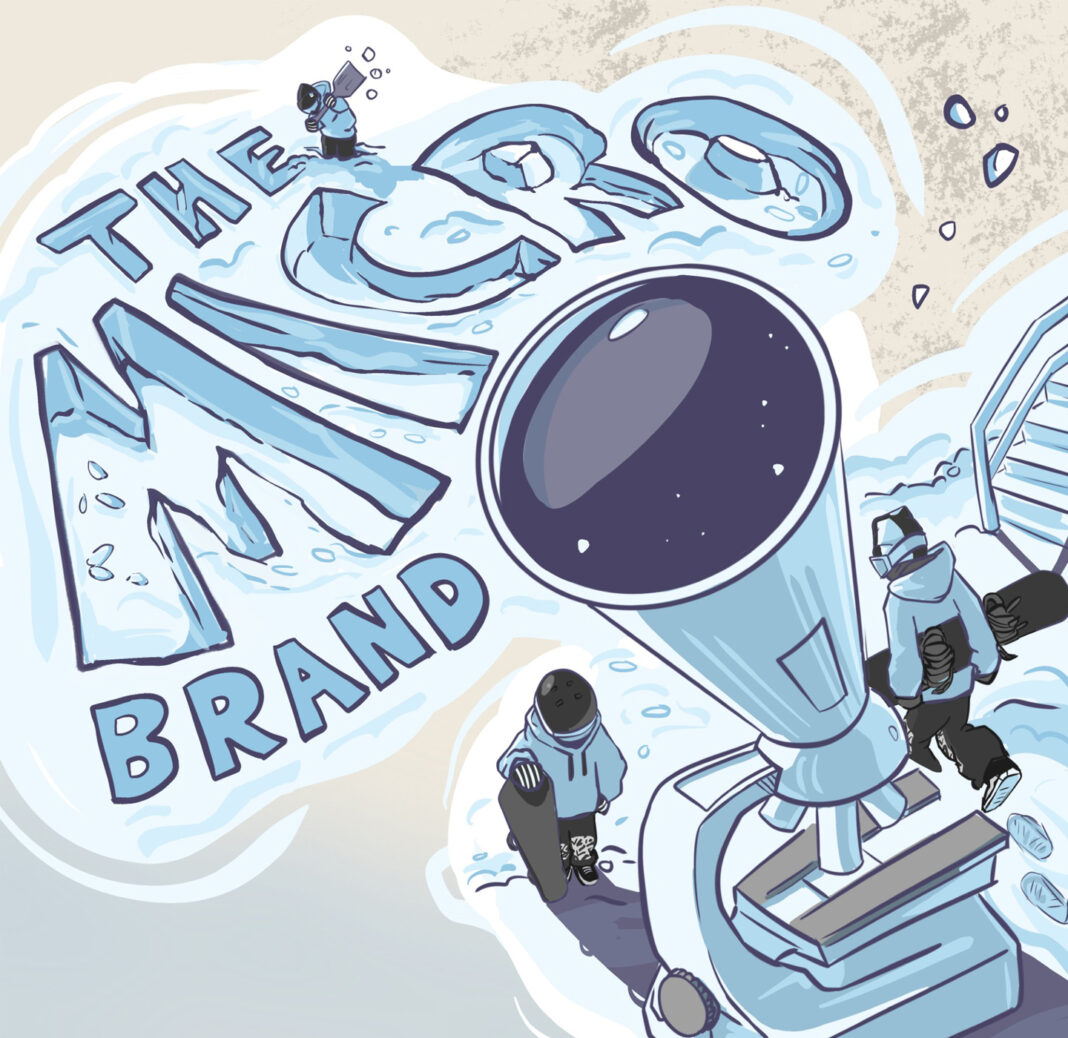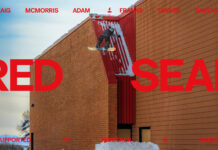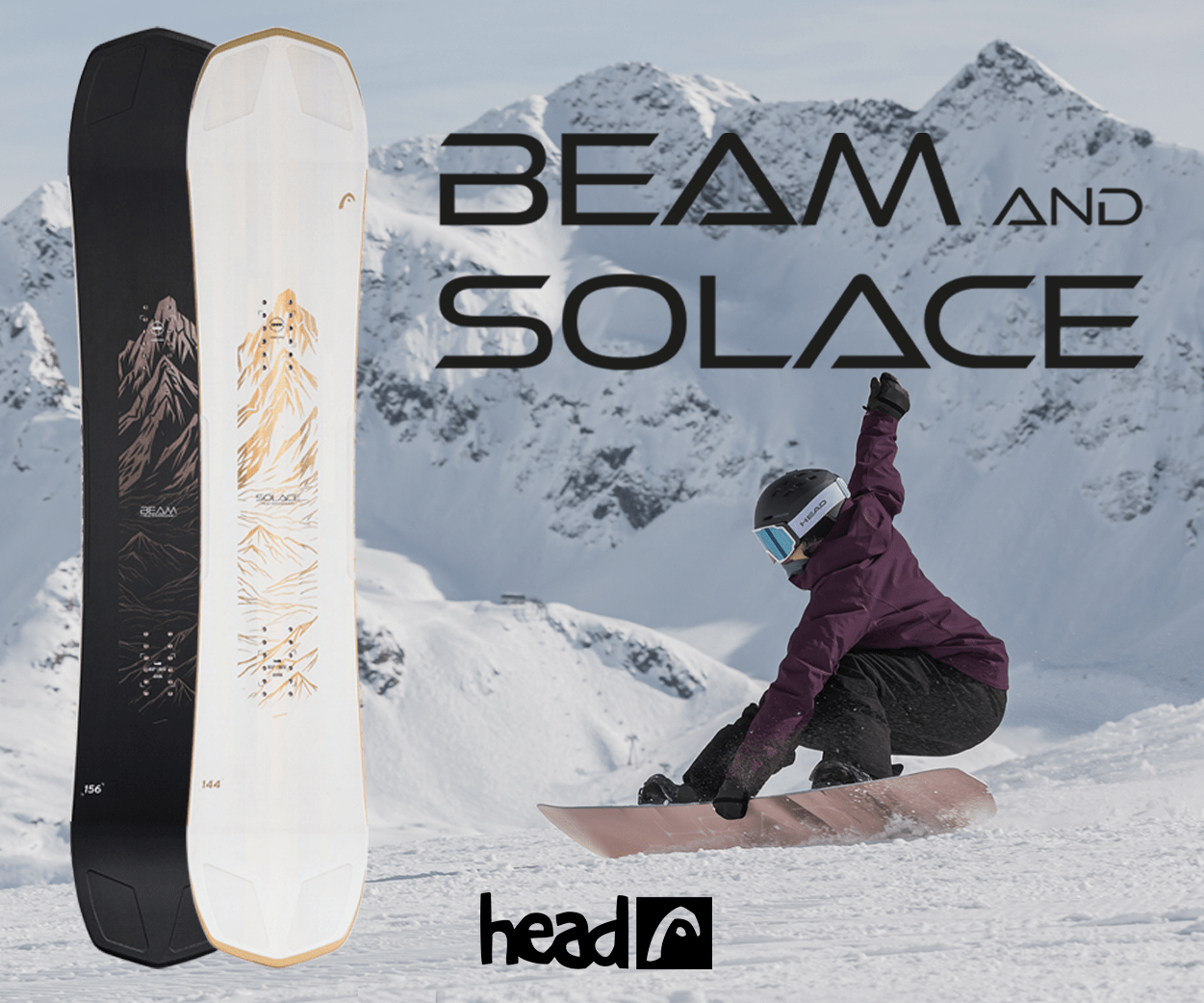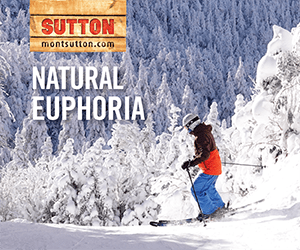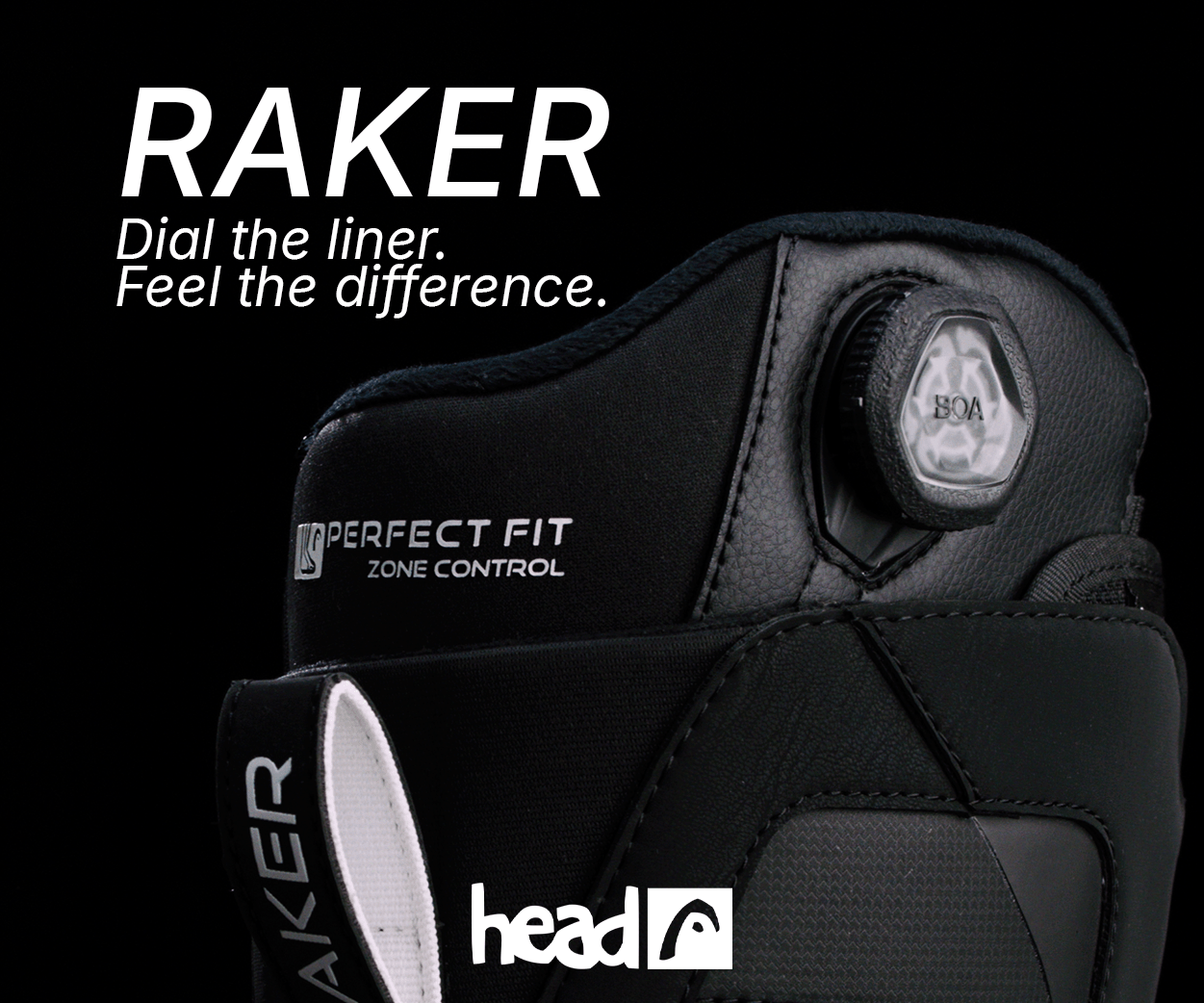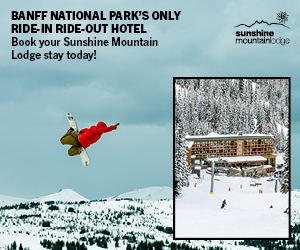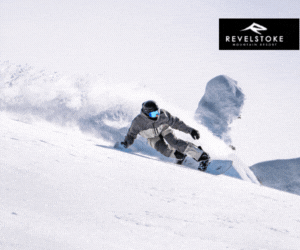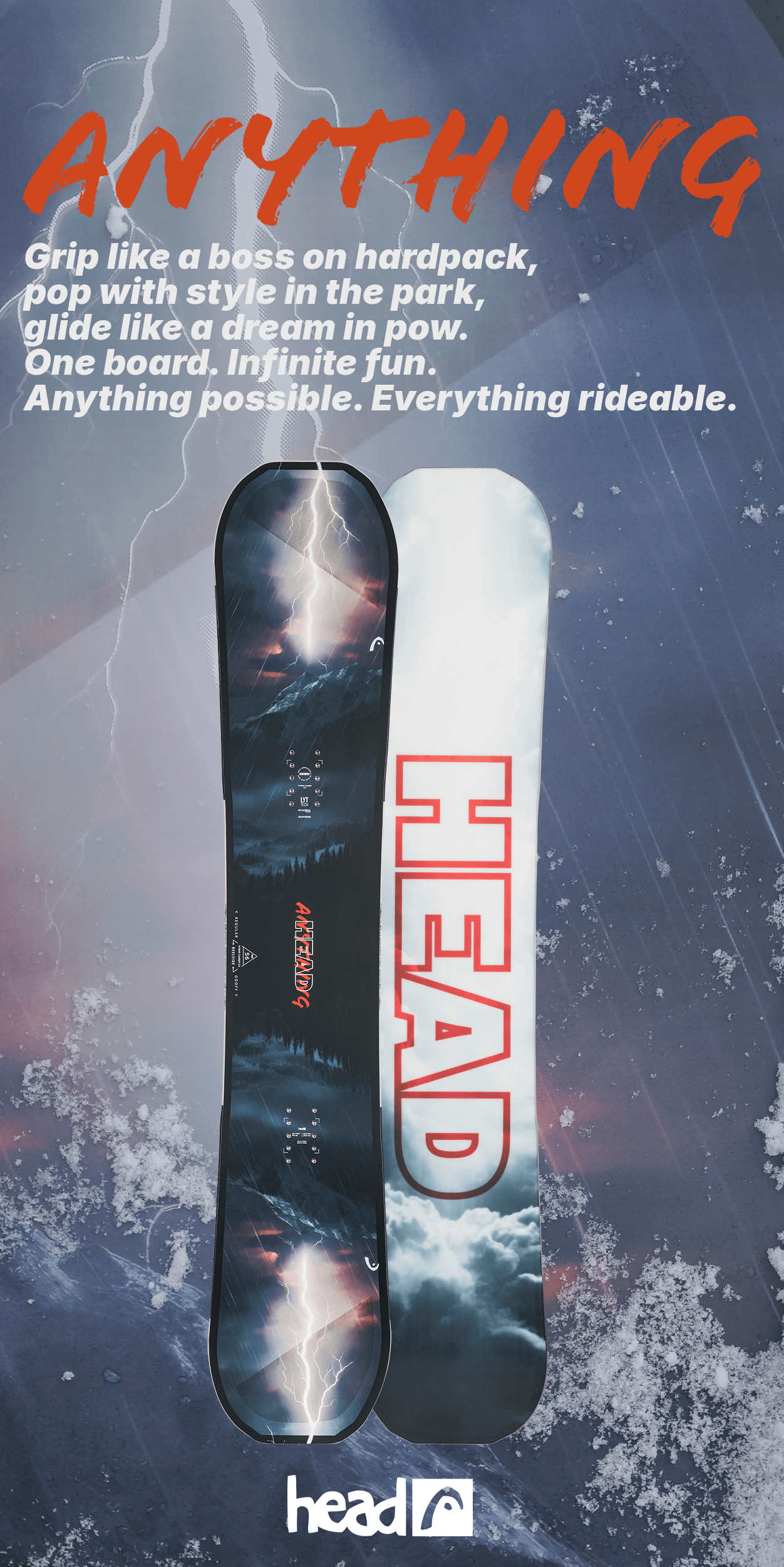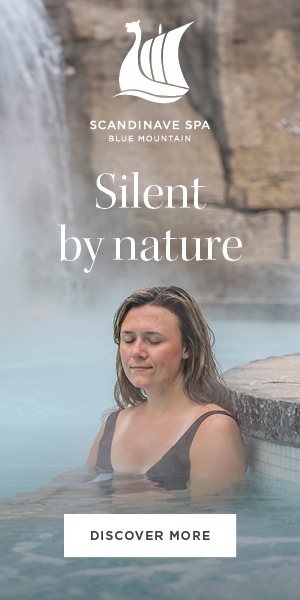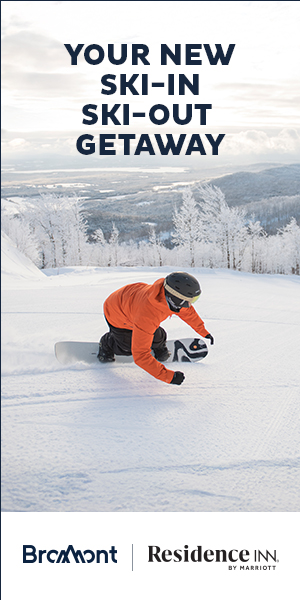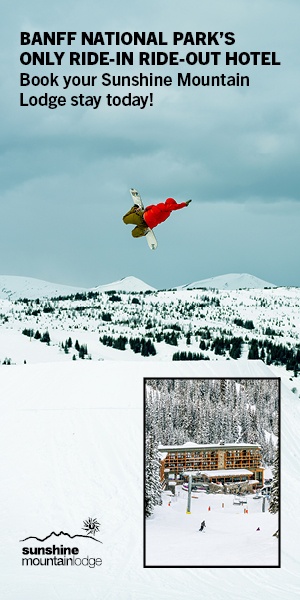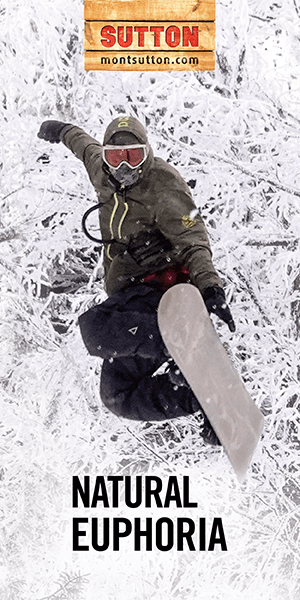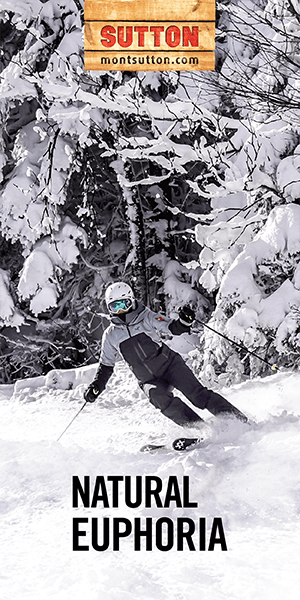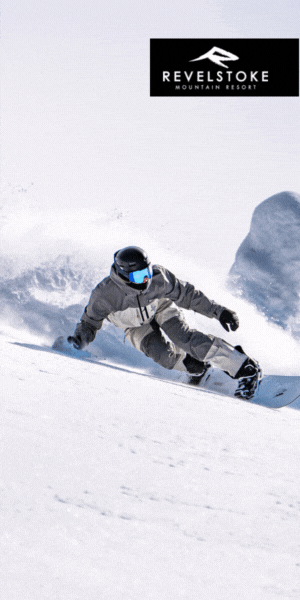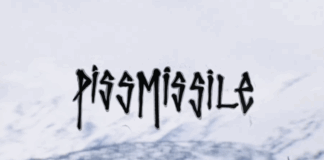Some people say that core brands help mold and create the heart of the snowboard community.
Is it because these brands started small (or even micro) as passion projects from riders at the centre of the community?
Not all micro brands are an endeavor to make money, sometimes it’s about making edgy stylized gear for the community that the big brands are too scared to create. We asked a handful of rider-owned Canadian micro brands about what it takes to get into the industry, as well as a couple of industry insiders from the distribution and retail side, about what it takes to get a brand to the next level.
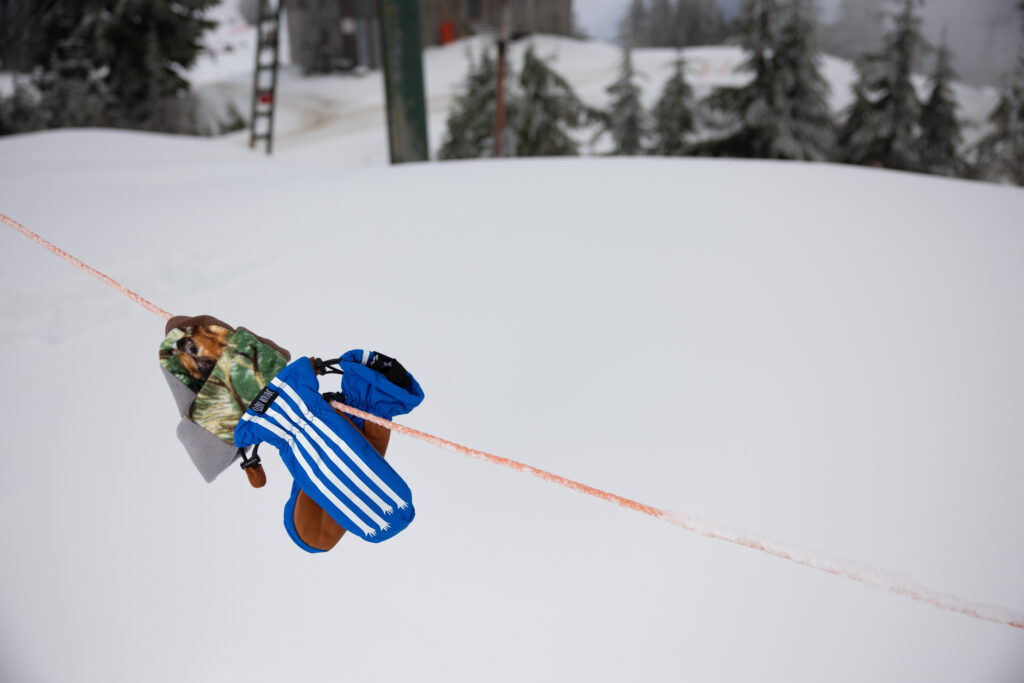
1. Are you trying to make your project into a full-time business or is it just for fun?
Tasha – SnowClub: I started SnowClub November 2023 purely for the love of sewing! I’ve
sewn and shipped over500 hats to date. If this passion project takes off and evolves into
something more, I’m totallyhere for the ride! Who wouldn’t want to turn their fun into a full-time
gig?
Evan Barker – SGV: It definitely started out as a way to get creative and have fun doing what we love, and it always will be. It has already become a full-time thing but we hope to grow it as big as possible so we can eventually not have to work a day job and put even more time and energy into it.
Bryan Bowler – Bowl.Cutz: It initially started as a hobby at the start of COVID, 5 years ago to keep me busy. Homies started wanting them and the next thing I knew I was getting hit up left right and center for hats, so I thought I might as well try and do something with it. It would be cool to make it my full-time job eventually, but I do like being a small brand because it means I get to be creative and I get to meet a lot of people through it. As of now I’m having fun with it and trying to do as many new and fun things I can.

2. What is the biggest challenge for creating a brand like yours?
Tasha – SnowClub: Getting noticed in a sea of amazing brands! Standing out in a crowded market takes a lot of creativity, persistence, and timing. But it’s all worth it when people start to connect with what
you’re doing and recognize the quality and passion behind the product. It’s a grind, but it’s also what keeps things exciting!
Evan Barker – SGV: There are so many moving parts, finding the balance can be tough. It never seems like there’s enough hours in the day to stay on top of everything, while also working full time, snowboarding, making movies, relationships, making time for yourself, etc.
Nic Heringa – Salmon Arms: Self doubt. Put 100% into everything you do. Take others advice and use it as a starting point for making decisions. Every single small business will face similar problems. Reach out and ask questions! Never be afraid of someone saying no.
3. Do you have a love/hate relationship with social media for helping to sell your product?
Tasha – SnowClub: Oh, it’s definitely a love/hate relationship with social media! On one hand, it’s an amazing tool to showcase my products and connect with fellow boarders and snow enthusiasts. On the otherhand, it feels like a full-time job just keeping up with all the posts, stories, and trends.
Evan Barker – SGV: Absolutely. Not a big fan of the amount of screen time it takes to run a brand, however it is by far the best tool to share content and market our product for free. Plus we love watching other people board too!
Nic Heringa – Salmon Arms: Social media is the best way for a small brand to spread their message and connect to their audience. It’s up to you to decide what that may look like.
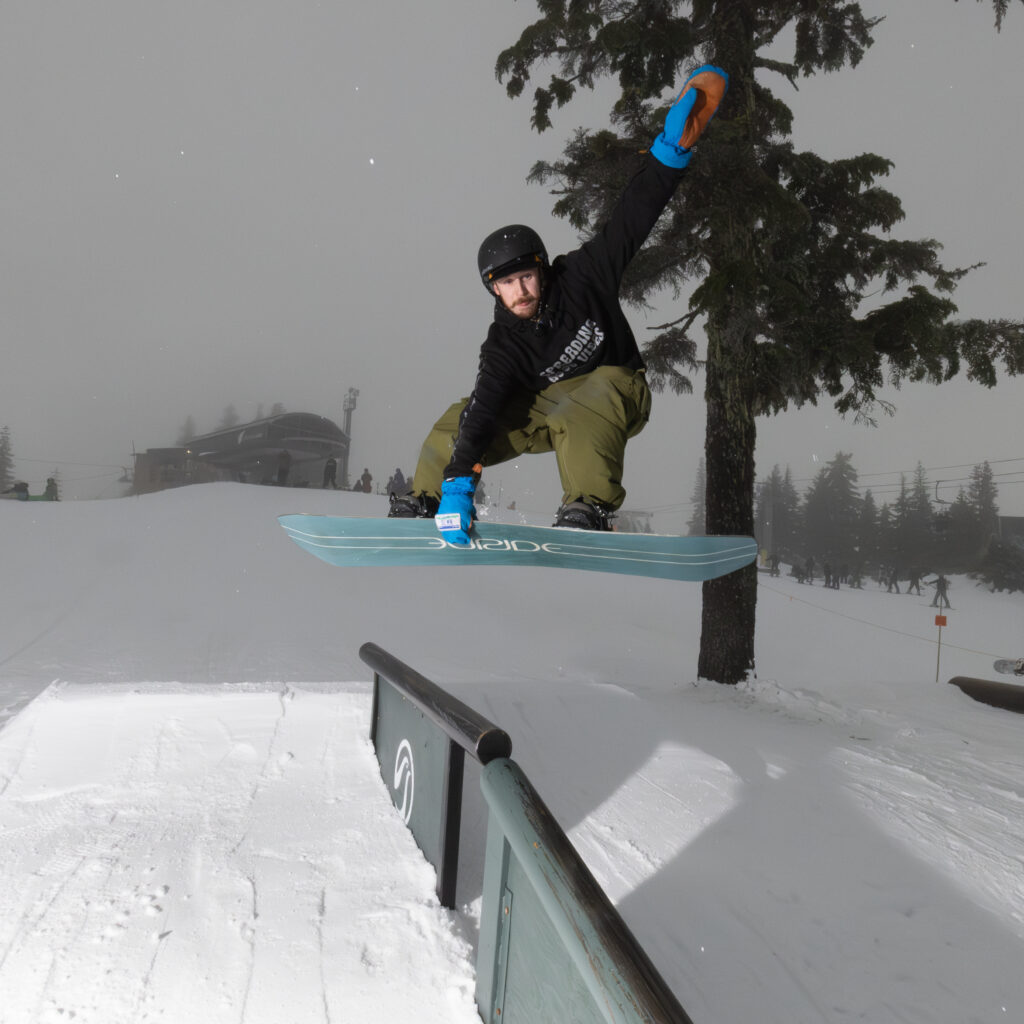
4. What is something people might not know about your brand?
Tasha – SnowClub: One thing people might not know about my brand is that I’m a true one woman show! I’m juggling everything from design and sewing to marketing, all while being a mom and working my full time job. Talk about multitasking!
Evan Barker – SGV: People may not know this, but the name ‘Spreading Good Vibes’ and the birth of the brand happened close to 15 years ago when we would build these communal jib parks in the forest of our home town in Ontario.
Bryan Bowler – Bowl.Cutz: Maybe how the name came to be…for those who don’t know my last name is Bowler so it worked out pretty darn good. I also had a pretty unreal bowlcut as a kid that my Mom used to cut for me and all my brothers.
5. What brands do you look up to?
Evan Barker – SGV: There’s so many brands circulating our industry, it’s crazy. The brands that we really look up to are often the smaller brands who are really all about emphasizing the fun of snowboarding and community. The root of why we all started in the first place.
Nic Heringa – Salmon Arms: Any brand out there that believes in what they are doing and refuses to give up when things get tough. Learn from mistakes, adapt, and move forward.
Bryan Bowler – Bowl.Cutz: Any brand that’s for the boarders by the boarders and isn’t leaving a huge impact on the world in a negative way. Always loved the homies who have had my back since day one: DWD, Modest, and SalmonArms.
6. Have you ever thought about trying to do a collab with a larger brand?
Tasha – SnowClub: Absolutely! A collaboration with a larger brand would be an exciting opportunity. I’m always open to teaming up with like-minded companies to create something unique and fresh. The right partnership could bring SnowClub to new heights while staying true to the quality and craftsmanship that sets us apart. Let’s see what magic could happen when two worlds collide!
Evan Barker – SGV: We will definitely be looking towards bigger brands in the next few years. Right now we are really enjoying collaborating with local brands, shops like Pacific Boarder. We are focused on making products with local artists and riders whose personalities embody the brand!
Nic Heringa – Salmon Arms: I have worked with UNION , DWD, AIRBLASTER, MODEST EYEWEAR, GOON GEAR, SANGWICH, HOME MTN, and other brands both large and small. If your two brands align and compliment each other this can have a great effect on putting new eyes on your products.
Bryan Bowler – Bowl.Cutz: I have fortunately been lucky enough to have done some hat collaborations with Dino’s and Salmon Arms and have a few others in the works for this season. I was also really lucky and blessed to have got a pro model snowboard with DWD last year that I had the pleasure of helping design with @alitbruce and @seangenovese featuring my dog Tofu!
7. What makes your brand different from similar brands?
Tasha – SnowClub: It’s all about the passion and the craft. When it comes to stitching together the perfect hat, I’m a total perfectionist. Every SnowClub hat is handmade with care, from the first stitch to the finallabel. I pay attention to the little details that make a big difference — and yes, even the “secret”label inside each hat that reads ‘quality shit’ is part of my commitment to excellence. It’s my wayof saying, ‘This isn’t just a hat, it’s a labor of love.’ You can trust that when you join the club andwear a SnowClub piece, you’re wearing something built to last and crafted with a whole lot oflove.
Nic Heringa – Salmon Arms: We follow no rules! Haha.
Bryan Bowler – Bowl.Cutz: That’s a hard question to pinpoint exactly, but if you know you know. I’m just a boarder tryna make a couple extra bucks and love to see my hats around town. Pretty cool to meet the people and see how hyped up people are on what I’m doing! I also really like the fact that I try and be as sustainable as possible and use as much up-cycled fabric as I can. I try to do new things too: painting, quilting, mixing patterns, etc.
8. Is it hard not hooking up all your homies with free product? How do you draw the line?
Tasha – SnowClub: Oh, for sure—it’s a real struggle! I’m definitely one of those people who loves to gift, so it’s hardto say no when your crew’s like, ‘Yo, hook me up!’ But here’s the thing: real friends get it. Theyknow that supporting your hustle is just as important as getting free gear. In the end, the realhomies understand it’s about the long game, not just the free stuff.
Evan Barker – SGV: Honestly, we have been super lucky in that most of our friends are super down to support the brand! And we are always super stoked to hook up underground boarders with big personalities that embody our values. Not only do we hook them up, but we also make them a pro model that illustrates a part of them that’s special. In the future as we grow, we want to continue to give back and share the love.
Nic Heringa – Salmon Arms: This is a big one. As a small company you must be frugal. Every cent counts towards staying afloat. If a homie asks for some free gear, put them to work !
Bryan Bowler – Bowl.Cutz: It’s definitely something I struggle with a bit haha, I’ve been known to give a lot of my stuff away to friends. Get a couple drinks in me and I become real generous.
9. Any words of wisdom for someone wanting to start out their own micro brand?
Nic Heringa – Salmon Arms: Really ask yourself why. What do you want to make? How will you present it and does it fit a space in the current market or is it something you feel is missing from what is being offered? Be ready to roll up your sleeves and get to work.
Luce – Pacific Boarder (Shop)
Steve Hare – Pillar Trading LTD (Agency)
1. What is the best avenue for a small brand to take to get in touch with a shop/distributor?
Luce – PacificBoarder: If you’re looking to get into smaller independent shops it’s really important to go to the shop and talk to the staff, be professional and come prepared with samples. Also try to put yourself out there by going to events and movie premiers to network with buyers and riders, you never know who you will meet.
Steve Hare – Pillar Trading LTD: Work with a reputable sales agency to help get the brand in the door of your favourite snowboard shops.
2. What do you look for in an up-and-coming small brand?
Luce – PacificBoarder: Identity and difference. Have you been out to research what people on the hill are missing or looking for? It’s important that the product satisfies a need in the market and aligns with ethical brand values too.
Steve Hare – Pillar Trading LTD: I look for a brand that is filling a void in a market or bringing new life to a stagnant category. In the case of a brand like Autumn they offered timeless style, and a fit story. Fit had never really been done in the headwear game.
3. Do you try and make space for these smaller rider owned/operated core companies?
Luce – PacificBoarder: At Pacific Boarder we like to make space for brands that are up and coming that are unique to us. Each shop wants to have their own identity so when there’s too much of the same product out there it doesn’t set you apart from other companies. It’s important to promote something that is happening in the local scene.
Steve Hare – Pillar Trading LTD: These brands are the flavour our industry needs. They offer a point of differentiation to all the big brands and are often willing to be more bold in their aesthetic and design.
4. Any specific challenges in supporting a small brand from your end?
Luce – PacificBoarder: Logistics such as invoicing, fulfilling orders, and warranty processes. Also making sure the brand can support themselves financially. Another challenge is getting customers that have never heard of the brand to trust the quality compared to bigger companies.
Steve Hare – Pillar Trading LTD: The challenges are trying to get in that door. Some shop buyers hesitate to take chances on brands they don’t know or have proven sales history. The key would be to be persistent and keep pounding on their door to get in.
5. Do you see a shift in consumers wanting products from these types of brands?
Luce – PacificBoarder: Within the core snowboard community there’s a preference for unique lesser-known brands thatallow individuals to express their own identity, rather than wearing the biggest name. For thegeneral consumer, however, the focus remains primarily on quality and brand recognition. I’dsay there’s definitely room for both!
Steve Hare – Pillar Trading LTD: Yes and No. Core snowboard customers are always looking for that rider owned authentic fresh brand, whereas the weekend warrior may not necessarily be in the know of those brands yet. With time that weekend warrior will see it enough on the hill that it will break into the mainstream focus.
6. What is something a micro brand owner might not realize – any hot tips from your side of the business?
Luce – PacificBoarder: Mainly just how much time, work, and effort it takes to build a brand. You’ll need to understand contract agreements, negotiation tactics, and how to navigate different personalities. Investing time in marketing is essential – whether that’s perfecting product displays or attending events where immediate sales aren’t guaranteed. A hot tip would be to surround yourself with good people who will support you and your business.
Steve Hare – Pillar Trading LTD: They need to have a multi-pronged approach to get their brands noticed. Don’t rely on social media to get it in the public eye. Instagram brands tend to lack that authenticity that real snowboarders love. Use social media as one of the tools, support your favorite local riders, attend events, and work with a good sales rep or agency. All of these things working together will help bring awareness to your brand.
Outro/Summary:
Please support these brands by giving them a follow on socials, buying some gear, or attending an event that they are hosting.
SGV – @official_sgv
Bowl Cutz – @bowl.cutz
Salmon Arms – @salmonarms
Snow Club – @snowclubbbb












